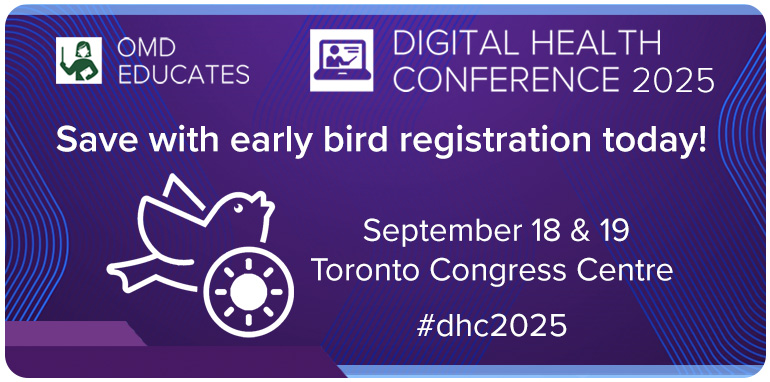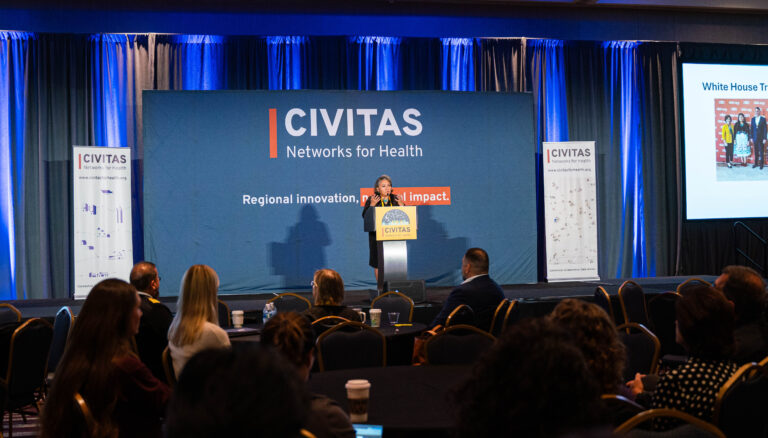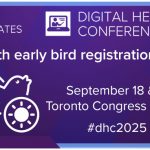Indoor allergens like cockroaches, dust, and mold are well-established contributors to various health issues, including childhood asthma—the most prevalent chronic illness among children in the United States. This condition disproportionately impacts Black and Latino children, yet identifying and treating the environmental triggers behind it remains a challenge for physicians due to limited information about patients’ living conditions and environmental exposures.
A new study led by researchers at the Boston University School of Public Health (BUSPH) highlights a promising approach. The research suggests that it is possible to predict children’s exposure to specific indoor allergens based on their residential location—and to determine whether such exposures may be worsening their respiratory symptoms.
Published in the Annals of Epidemiology, the study introduced an innovative modeling technique that connected electronic health records (EHRs)—including data on in-home environmental conditions—with housing and neighborhood-level data for children with asthma from low-income households. The findings revealed that children living in homes with a higher likelihood of cockroach and rodent infestations experienced poorer lung function, underscoring the link between housing-related allergens and asthma severity.
Because the majority of children in the study were Black and lived in historically segregated neighborhoods, the findings underscore the enduring impact of racial inequities in housing quality—rooted in structural racism. Discriminatory housing policies, such as redlining, led to systematic disinvestment in communities of color, particularly Black neighborhoods. This disinvestment resulted in poor housing conditions, reduced stability, and fewer neighborhood resources—creating environments more conducive to infestations of pests like cockroaches and rodents.
These conditions are directly linked to health disparities. Black children are twice as likely to develop asthma compared to White children and face a nearly eightfold higher mortality rate from the disease.
While some research has proposed that early-life exposure to indoor allergens might help prevent asthma development, a growing body of evidence suggests that such exposures more often worsen asthma symptoms in children—particularly when it comes to animal-related allergens, explains Dr. Fabian.
“For instance,” she notes, “cockroach allergens are found in their droppings and body parts, while mouse allergens are present in their urine and saliva. These particles are extremely small, can easily become airborne, and when inhaled, may trigger severe asthma attacks by reaching deep into the respiratory system.”
“These studies served as a proof of concept that it’s possible to analyze children’s lung function at the individual household level without physically entering homes to measure allergen levels,” explains Dr. Matthew Bozigar, assistant professor of epidemiology at Oregon State University and co-corresponding author of the study. “We integrated detailed data with advanced modeling techniques to account for uncertainties—such as estimating the likelihood of cockroach presence in a home—and linked these environmental exposures to clinical lung function data.”
Rather than broadly documenting asthma disparities, the study focused on specific housing-related factors associated with poor lung function within a population already affected by asthma. “We built on recent research that identifies the structural causes of health disparities, intentionally avoiding the use of race as a stand-in for systemic racism,” Bozigar adds.
The researchers emphasize that this methodology holds broader potential for understanding disparities across different populations and health outcomes.
“Every hospital and clinic collects electronic health records (EHRs) for their patients, making this approach scalable and adaptable to populations worldwide—provided consistent health record-keeping is in place,” says Dr. Fabian. “Ongoing advances in satellite imagery, housing data, and environmental monitoring are increasingly allowing researchers to connect health outcomes to geospatial and residential risk factors on a global scale. Any health condition tied to housing-related risks can be studied using similar approaches.”
Contributors to the study include:
Catherine Connolly, formerly a postdoctoral research scientist at Columbia University Mailman School of Public Health
Kimberly Vermeer, founder and president of Urban Habitat Initiatives
Luis Carvalho, associate professor of mathematics and statistics at BU College of Arts & Sciences
Dr. Robyn Cohen, pediatric pulmonologist and director of the Pediatric Pulmonary & Allergy Clinic at Boston Medical Center (BMC)
Julianne Dugas, former analyst at the Biostatistics and Epidemiology Data Analytics Center, Boston University School of Public Health (SPH)
Dr. Jonathan Levy, chair and professor of environmental health at BU SPH
The study was supported by funding from the National Institutes of Health (NIH).





































